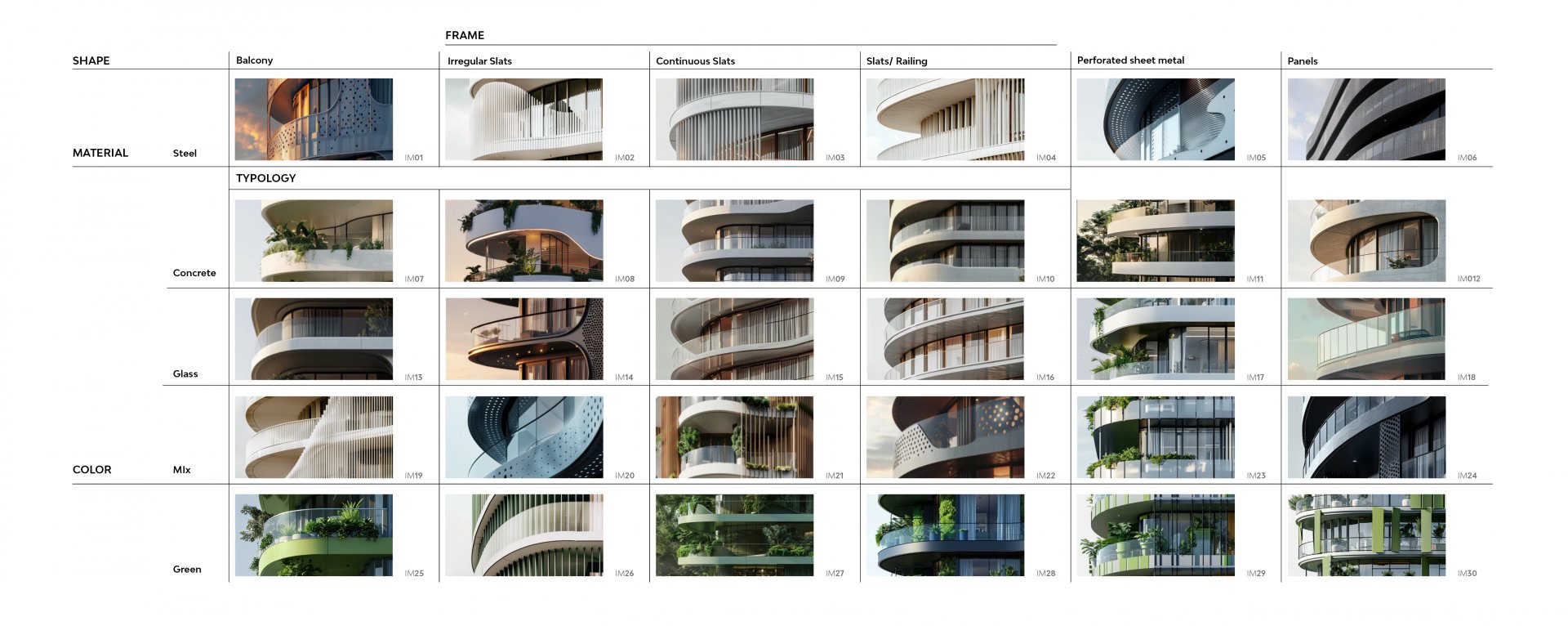Introduction
Artificial Intelligence has proven to be a valuable ally in the world of design, bringing with it revolutionary analytical capabilities and opening new paths for innovation.
But how can it be best integrated into workflow? In this article, we will explore how AI, particulary its application to image generation and processing, can optimaze processes, allowing designers to focus on the more creative and strategic aspects of design.
What is Artificial Intelligence
Arificial Intelligence (AI) is an advanced technology that simulates certain human cognitive processes, such as learning, reasoning and perception, through intelligent systems. By processing data from sensors or databases, AI systems can identify patterns, make decisions, and generate actions. Today, there are three main categories of Artificial Intelligence:
- Artificial Narrow Intelligence (ANI): specialized in a single field, this is the most common form of AI, capable of solving specific problems thorugh Machine Learning;
- Artificial General Intelligence (AGI): more advanced, it simulates human reasoning in a broader scale, tackling complex tasks across various contexts using Machine Intelligence;
- Artificial Super Intelligence (ASI): a hypothetical form that could surpass human intelligence, reaching a higher level of “consciousness” through Machine Consciousness.

The variety of AI models depends on the complexity of the tasks they can perform and the type of data they can use. Currently, there are various models that can be classified into broad categories based on the inputs they recive and the outputs they generate, making AI an extremely flexible tool that can be adapted to multiple contexts, including design.

AI in the image generation process
ATI Project began exploring Artificial Intelligence in 2022, initially focusing on analyzing the various applications available for text and image generation, from the most popular to the lesser-know one. The Research & Developement team aimed to identify the most promising solutions to invest in, evaluating their outcomes, cost and ease of use. Subsequently, workflows were developed to integrated these technologies into different phases of design, turning AI into an essential support tool for the studio’s various team.
The tool chosen and most frequently used in this case is Midjourney. This platform allows for the rapid exploration of different design ideas, generating a wide range of visual variations based on textual descriptions (prompts) within seconds. The ability to quickly review these outputs enables a clear visualization of the early stages of a project, highlithing the most promising solutions and refining the design rapidly.
Additionaly, thanks to continuos updates, Midjourney provides increasingly accurate solutions and higher-quality images, bringing the final result ever closer to what the designers envision.

Case study: Pisa North Tower
A concrete example of the use of Midjourney is the design for the facade of the North Tower in Pisa, which will house ATI Project’s future headquarters on the top seven floors.
In the initial phase, ideas and suggestions were gathered from various team members, and Midjourney was used to visualize the first design concepts. Through a continous process of refining the prompts, previews were generated that clearly showcased the different proposed ideas.

This approach allowed for the rapid exploration of a wide range of design options, significantly reducing the time needed to evaluate and select the concepts to be developed in the subsequents design phases.
Want to discover more ways AI is applied in our workflows? Subscribe to our Newsletter and don’t miss our upcoming articles!
Conclusion
The use of AI for image generation is just the first step in the journey of integrating artificial intelligence into the studio’s design processes. In upcoming articles, we will delve into other AI applications that are trasforming our workflow.

